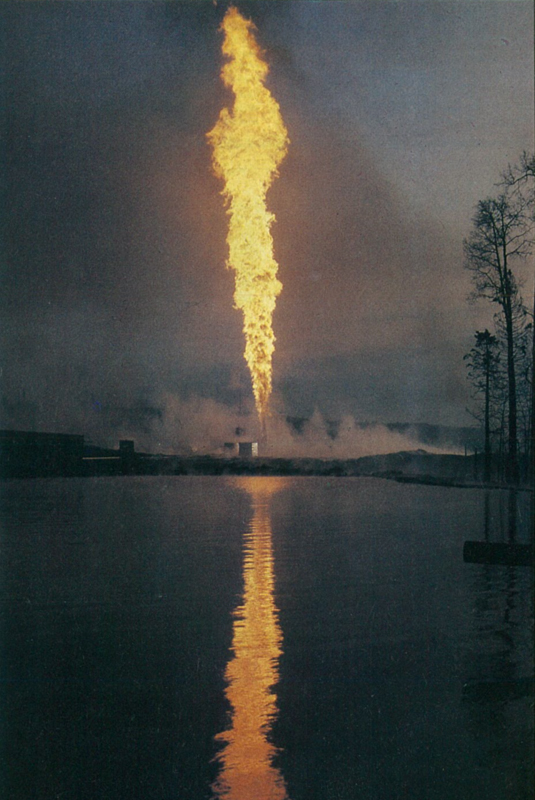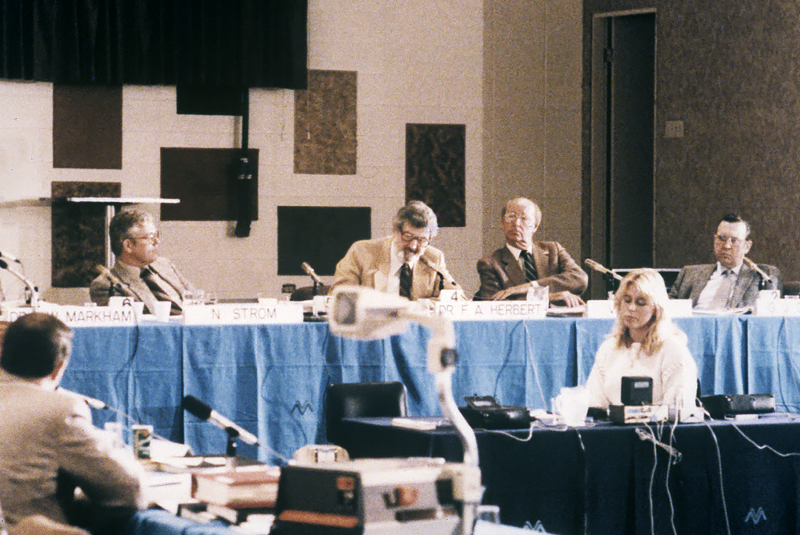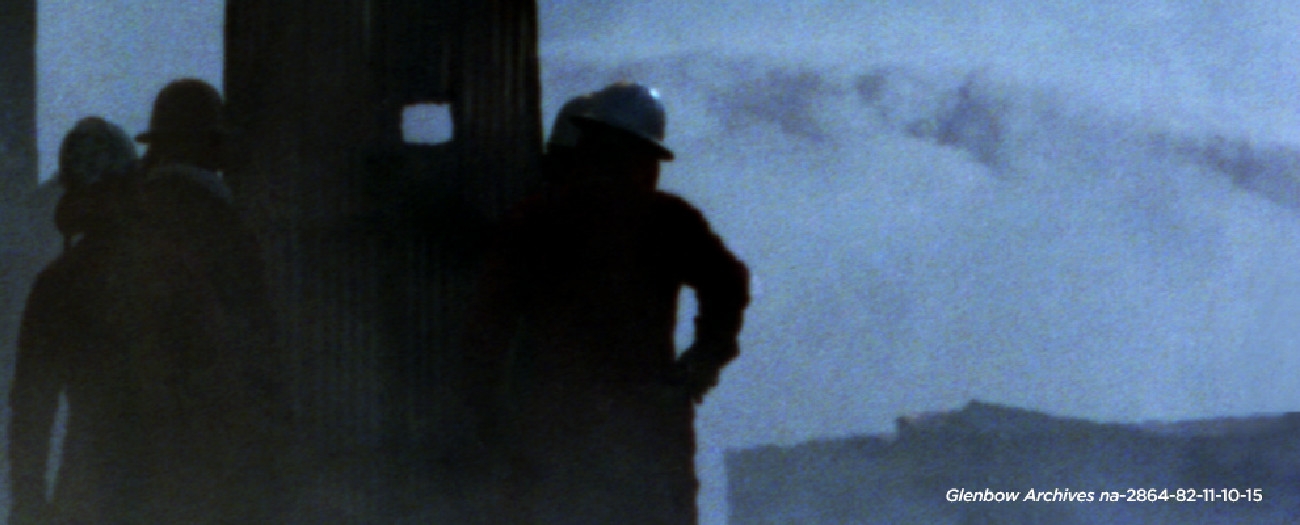How one tragic disaster ushered in a new era of sour gas regulations
Alberta - October 01, 2018If you were living in Alberta in 1982, chances are you remember the October day when gas erupted from a well just southwest of Edmonton and later caught fire--it was the worst sour gas blowout in Alberta’s history.
The Lodgepole sour gas well blowout lasted for over two months and resulted in 2 deaths and 16 hospitalizations.
For those living in and around Alberta, the disastrous event also caused quite the stink; concerned citizens issued over 1500 complaints after the stench of sour gas (a toxic gas that smells like rotten eggs) wafted into their homes. According to Jim Reid, former Drayton Valley assistant area supervisor with the provincial energy regulator, the terrible odour drifted as far as eastern Canada.

Just as the smell couldn’t be contained, the public outcry over health concerns spilled into the hands of the regulator, the Energy Resources Conservation Board (ERCB), predecessor to the Alberta Energy Regulator (AER).
“Everyone was upset, and not just about the smell,” recalls Reid, who helped manage the mess and coordinate the ERCB’s response. “People were getting sick; farmers and ranchers watched their cattle get sick—even stainless steel appliances and cars were discolouring.”
Albertans demanded answers and, more importantly, stronger actions from their energy watchdog. In that sense, Reid says that Lodgepole was a wakeup call for industry, government, and the regulator.
“We needed to find out what happened, and how to make things safer for everyone.”
Asking the Tough Questions
After the well was finally capped, the ERCB held a 50-day formal inquiry to determine what went wrong, identify the effects of the blowout, and discuss how sour gas drilling regulations could be improved to ensure that a massive blowout would never happen again in Alberta.
The gruelling review launched with a panel consisting of ERCB staff, medical doctors, and a research physicist, who mulled over 11 000 transcript pages and 300 technical documents to find out how to prevent a similar blowout.
At the end of this review, a few important findings stood out:
- More blowouts occurred at sour wells than at other wells. The panel identified a number of possible reasons for this: for one, sour gas is typically hidden in deeper formations. More pressure at these depths can cause serious drilling problems—the deeper the well, the greater the risk. Sour gas is also highly corrosive, and its presence means that more work is needed to prevent blowouts.
- Nearly all sour well blowouts were caused by human error and equipment failures. The study concluded that fewer sour well blowouts would occur if greater efforts were made.
In connecting these findings, the ERCB realized that certain sour gas wells needed their own drilling requirements, rather than the traditional “one-size-fits-all” approach.
A Need for New Requirements

The ERCB’s inquiry resulted in 39 recommendations on how to prevent sour gas blowouts in Alberta; this list included the need for stricter sour gas drilling regulations and special equipment. More so, the board recommended more safety training for employees working around sour gas wells.
The inquiry also highlighted a need for clearer emergency and evacuation plans, particularly for companies running sour gas operations close to residential areas.
“Lodgepole changed the whole landscape of emergency response,” Reid notes. “Before the blowout, companies only needed a one-to-two-page plan on how they would respond to a possible emergency, and nobody was trained like they should have been.”
Like Night and Day
Over 35 years later, companies producing in Alberta are much more prepared. Today, all companies must provide detailed emergency response plans, and the industry’s approach to safety is nearly unrecognizable to anyone who worked in the oil and gas industry back then. Those who lived in Alberta in the fall of 1982 know why.
“If you compared safety and emergency response practices from back then to what it is today, you’d see nothing similar,” Reid says.
And with results like that, it’s fair to say that the blowout continues to have a lasting impact.
To learn more about sour gas wells in Alberta today and how they are regulated, visit the AER’s website.
Kara MacInnes, Writer


